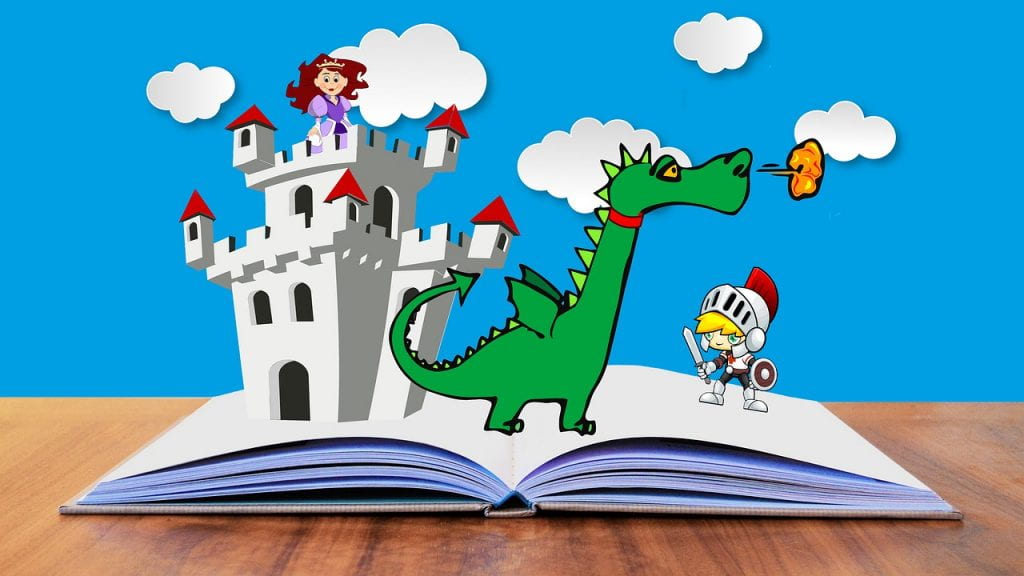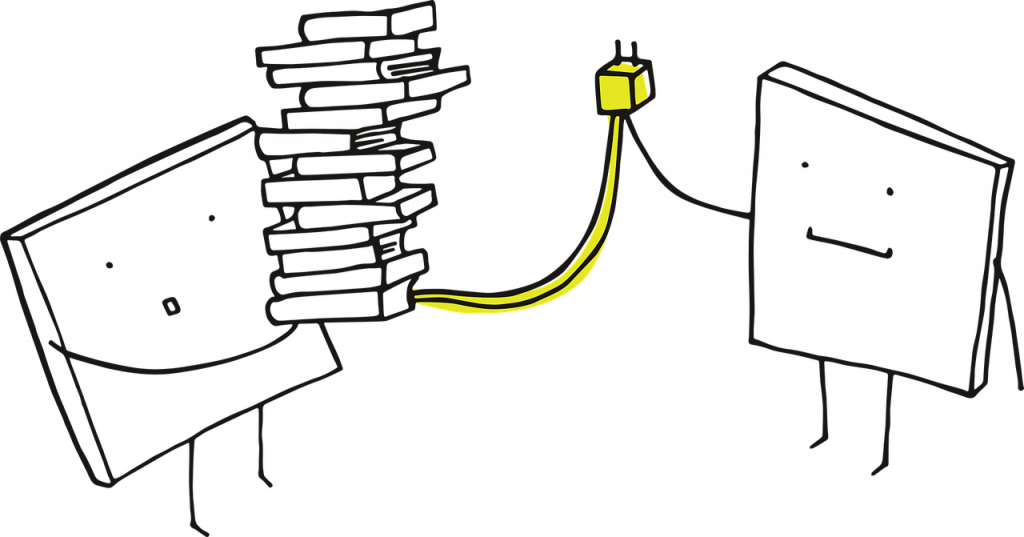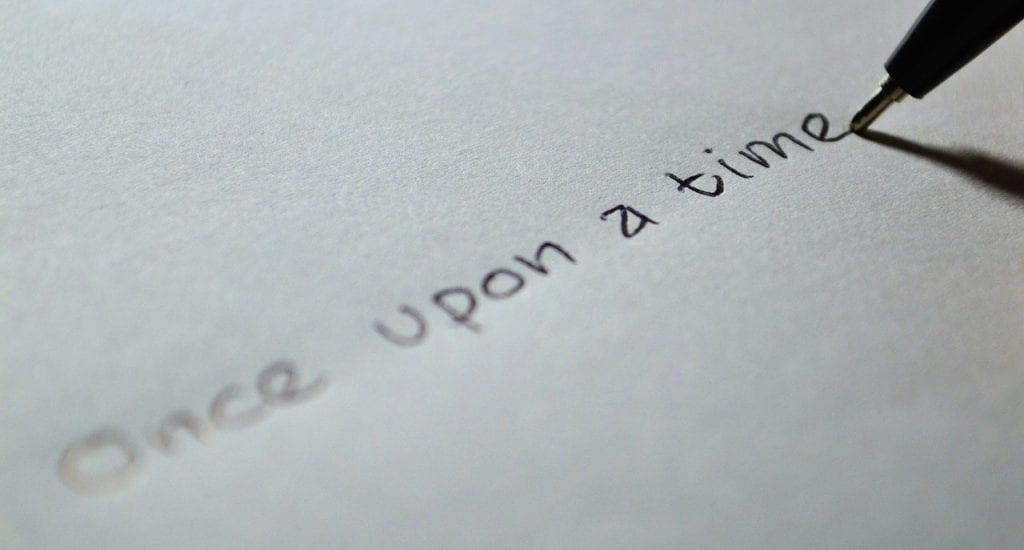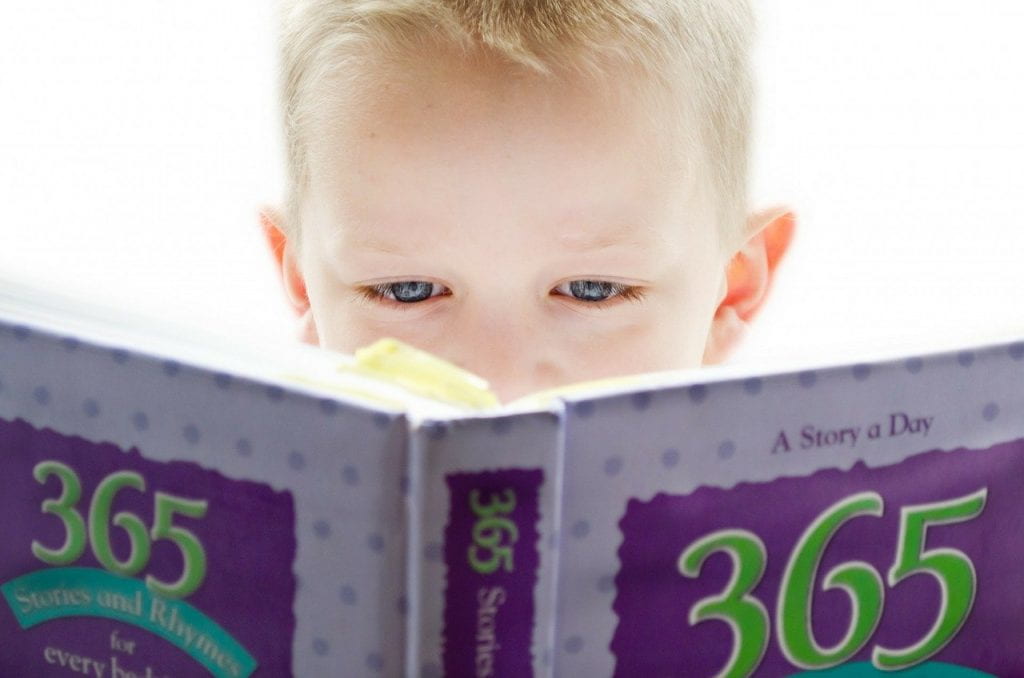The art of storytelling is intrinsically human.

Tumisu / Pixabay
Stories are the way humans have conveyed information, cultural traditions and ideologies throughout the centuries as well as being the conduit of language, literature and literacy (Cornett, 2014). But whilst stories have been part of human culture for millenia, the way these stories are ingressed have evolved. Burkey (2016), points out that access to stories has not changed but prevalence of personal devices and evolving technologies have increased the methods of access. This is because storytelling, and the format in which they occur, are a reflection of societal norms. This shift in storytelling access is more apparent in young people as personal devices, such as tablets and smartphones, are an essential part of a teen’s social capital, and a reflection of their generation (Vidales-Bolanos & Sadaba-Chalezquer, 2017).

manfredsteger / Pixabay
Digital storytelling (DST) is a rapidly developing format that combines emerging technologies and literary works (Ciccorico, 2012). The process allows visual, audio and textual elements to be woven together to convey information in a digital format for either recreation or informative purposes (Ohler, 2013, p.94). The fundamental difference between a traditional story and a DST, is that the latter would lose its value if viewed without a screen. This is because the interactive and gaming elements present in most DST require the use of technology and a personal device for a transaction to occur between the story and the viewer (Ciccorico, 2012). The integration of DST in educational practice encourages students beyond just passively using technology into creators and users of technology.
From an education perspective, DST has great potential for teaching and learning. Moran et al., (2020) believes that the combination of storytelling and technology can improve traditional literacies and 21st century skills. The multimodality of DST allows students to engage and experiment with different literacies, formats and technologies across the curriculum and address the needs of diverse learners. This exposure to DST has an ability to impact literacy identities as well as provide assistance to EALD students and those with learning needs (Moran et al., 2020; Ross Johnston, 2014). When DST is integrated into teaching practice it allows the students to experience the text in a dynamic way by expanding algorithmic creativity and narrative perspectives (Ciccorico, 2012). It also allows teachers to engage students into difficult content matter such as the Holocaust and White Australia Policy as the format allows for the interweaving of primary and secondary sources in a non confrontational manner.
DST is a highly adaptable format that can be used effectively across the curriculum and year levels to effectively address curriculum outcomes. ACARA (2018) requires teachers to integrate digital literature such as DST in their practice to ensure students have the relevant skills and literacies for active citizenship in a digital world (MCEETYA, 2008). Educators who fail to integrate mobile technology into pedagogy limit the development of new literacies and competencies. By incorporating DST in educational practice, teachers are encouraging students beyond the passive use of technology to active users and creators of technology (Moran et al., 2020, p.6).
References
Australian Curriculum, Assessment and Reporting Authority. (2018). Literacy. In Australian Curriculum – General Capabilities. Retrieved from https://www.australiancurriculum.edu.au/f-10-curriculum/general-capabilities/literacy/
Burkey, A. (2016). Shifting stories in a digital world. FYI 20 (1), p.12-15. Retrieved from https://primo.csu.edu.au/permalink/61CSU_INST/15aovd3/cdi_rmit_aeipt_211907
Ciccoricco, D. (2012). Chapter 34 – Digital fiction – networked narratives. In Bray, J., Gibbons, A., & McHale, B. (2012). The Routledge Companion to Experimental Literature. Taylor & Francis eBooks. Retrieved from CSU Library.
Cornet, C. E. (2014). Integrating the literary arts throughout the curriculum. In Creating meaning through literature and the arts: arts integration for Classroom teachers (5th ed,) (pp144-193) USA
Curran, G. (2017). Unlocking life stories through digital storytelling. Fine Print 40(1), p. 28-30. Retrieved from https://primo.csu.edu.au/permalink/61CSU_INST/15aovd3/cdi_rmit_primary_828942069094737
Littlejohn, K. (2018). 1917live: Historical storytelling in the digital space. Teaching History 52(4), p. 4-7. Retrieved from https://primo.csu.edu.au/permalink/61CSU_INST/15aovd3/cdi_rmit_primary_207856499201807
Mantei, J., Kipscombe, K., & Kervin, L. (2018). Literature in a digital environment (Ch. 13). In L. McDonald (Ed.), A literature companion for teachers. Marrickville, NSW: Primary English Teaching Association Australia (PETAA)
MCEETYA (2008) Melbourne Declaration on Educational Goals for Young Australians. Curriculum Corporation. Australia. Retrieved from http://www.curriculum.edu.au/verve/_resources/national_declaration_on_the_educational_goals_for_young_australians.pdf
Moran, R., Lamie, C., Robertson, L., & Tai, C. (2020). Narrative writing, digital storytelling, and coding: Increasing motivation with young readers and writers. Australian Literacy Educators Association, 25 (2), p.6-10. Retrieved from https://primo.csu.edu.au/permalink/61CSU_INST/15aovd3/cdi_gale_infotracacademiconefile_A627277934
Ohler, J.B. (2013). Digital storytelling in the classroom: New media pathways to literacy, learning, and creativity (2nd ed.). Thousand Oaks, CA: Corwin. Retrieved from https://primo.csu.edu.au/permalink/61CSU_INST/1hkg98a/alma991012780180302357
Ross Johnston, R. (2014). Literary literacies: Digital, cultural, narrative, critical and deep literacies. In G. Winch, R. Ross Johnston, P. March, L. Ljungdahl & M. Holliday (Eds.), Literacy: Reading, writing and children’s literature (5th ed., pp. 556). Retrieved from Proquest Ebook Central.
Vidales-Bolanos, M., & Sadaba-Chalezquer, C. (2017). Connected Teens: Measuring the Impact of Mobile Phones on Social Relationships through Social Capital. Media Education Research Journal 53(25). Retrieved by https://files.eric.ed.gov/fulltext/EJ1171085.pdf

